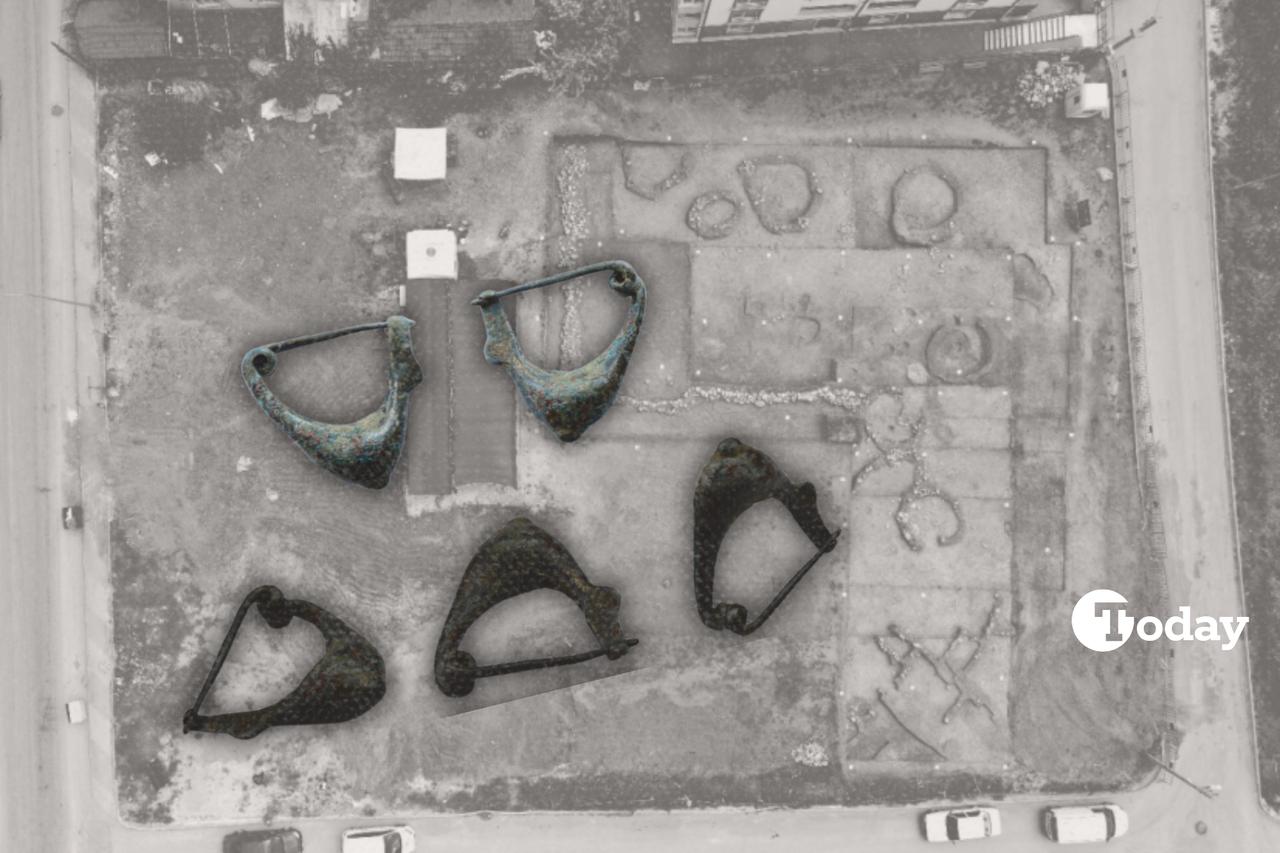
Archaeologist Professor Erkan Fidan and Professor Emre Erdan, working at the Bahcelievler settlement in Bilecik, inland Northwestern Anatolia, report the discovery of a small bronze “Rhodian-type” fibula—an ancient dress fastener—inside what they interpret as the remains of a cremation grave.
The team says this is the earliest recorded example of this specific fibula type in the region and the northernmost find of its kind in Anatolia, suggesting movement of people and objects far from the Aegean coast.
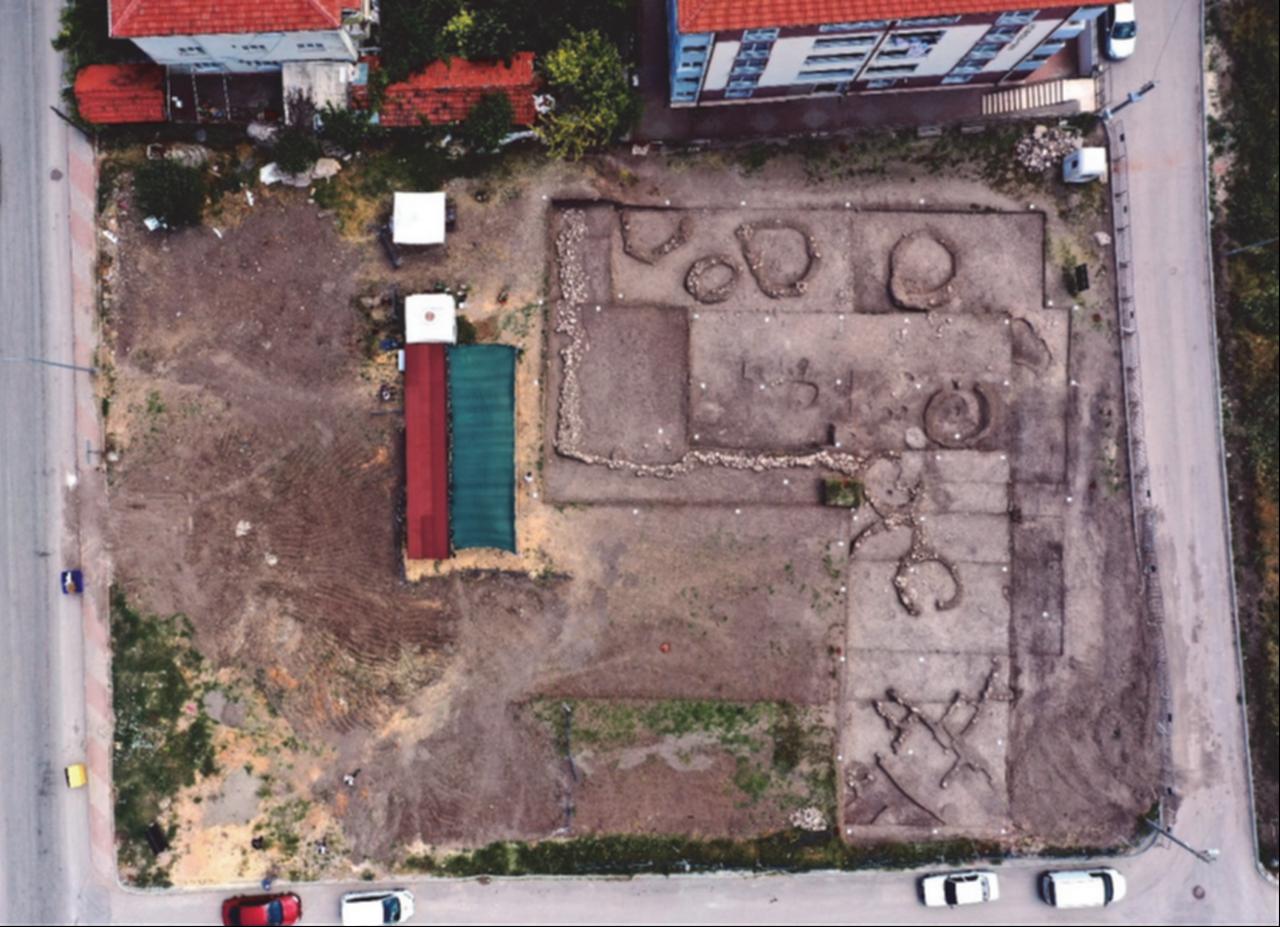
Bahcelievler sits on an undeveloped plot within modern Bilecik and preserves eight Neolithic levels dated roughly between 7192–6000 cal B.C., followed by a reoccupation after a long hiatus in the mid–1st millennium B.C.
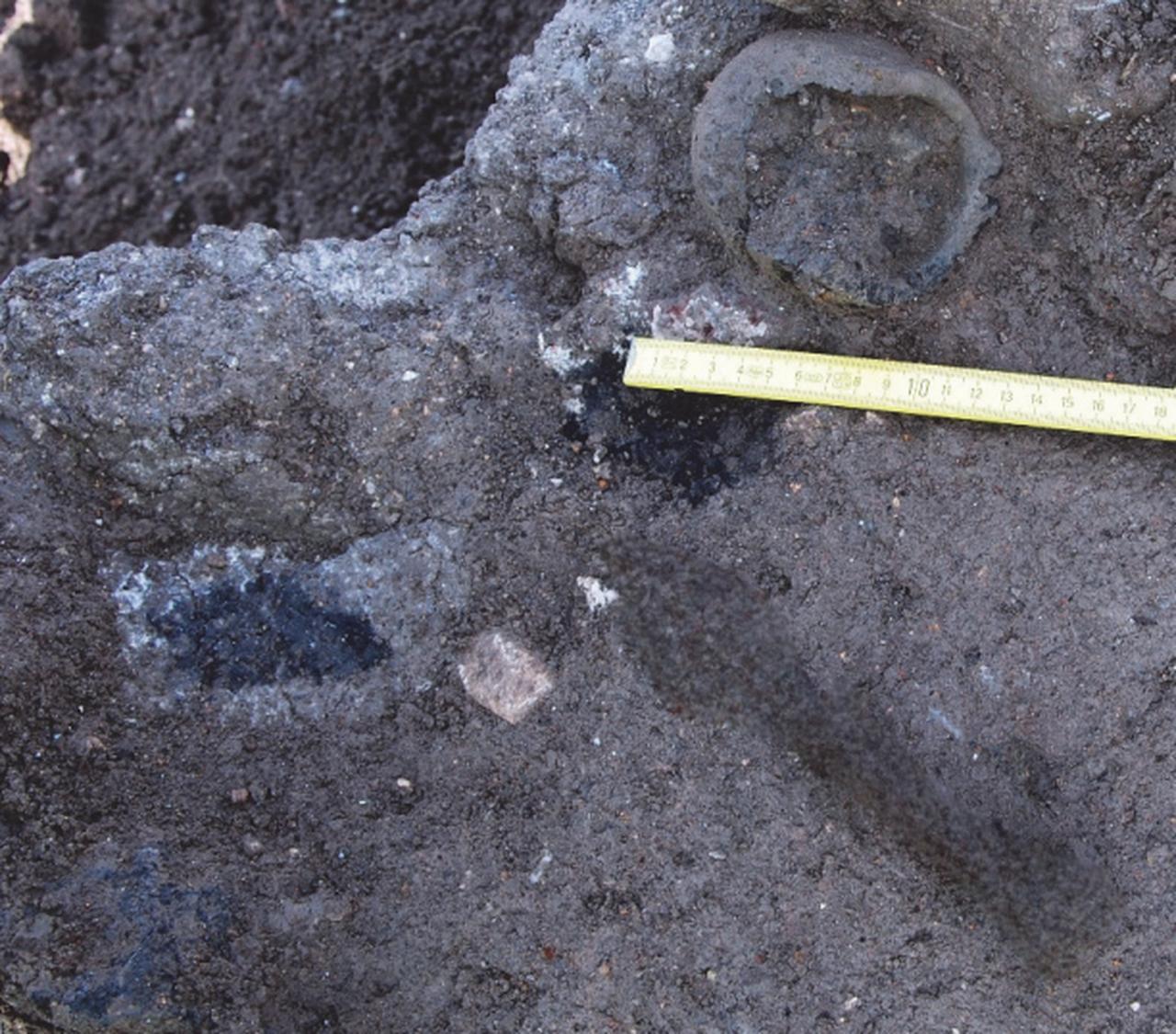
The Iron Age remains (Level 1) appear near the surface and include a dry-stone perimeter wall; within a 12 square meters area, investigators documented burn marks, four vessels found in place, and the bronze fibula, all consistent with a destroyed cremation burial.
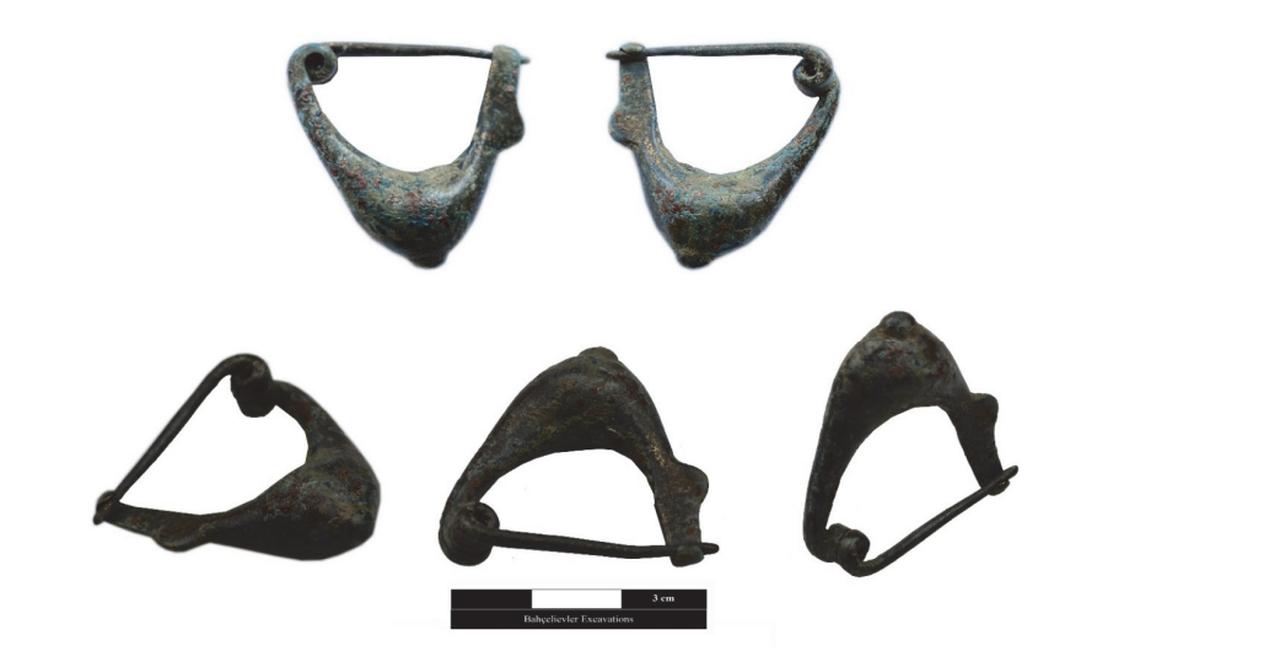
The crescent-shaped bronze fibula carries a distinctive button-like attachment at its base and a double-spiral spring formed with the pin.
Scholars classify it as an “Island type” (Type VIIa in Efi Sapouna-Sakellerakis’ system), widely associated with Rhodes and dated in use between the 8th and 6th centuries B.C.
Wood fragments from the context produced a mid-6th century BC date, which aligns with coarse-ware pottery comparable to Lydian and inland western Anatolian wares dated to the seventh–sixth centuries B.C.
Researchers add that the object may have been made earlier and later reused, a known pattern for heirloom items.
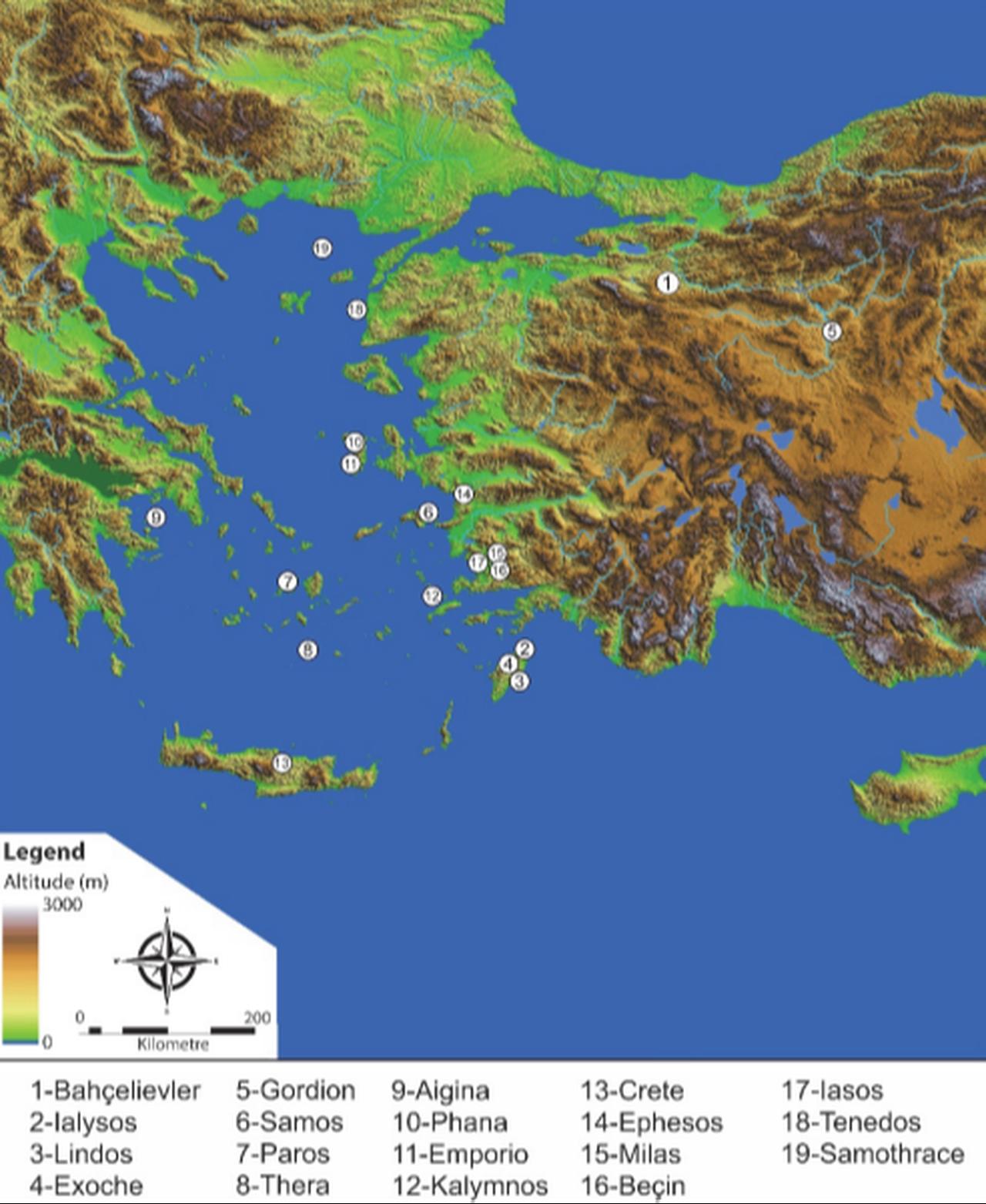
Known concentrations of this buttoned, Rhodian-linked fibula cluster at sites such as Ialysos and Lindos on Rhodes, with further finds on Aegean islands and coastal/near-coastal centers in Anatolia (e.g., Ephesos, Iasos, Milas, and Becin).
Bahcelievler, by contrast, lies about 80–100 kilometers (49.7 miles–62.1 miles) from the shore, making this inland occurrence notable. The paper argues that production likely centered on Rhodes and that the Bahcelievler example signals contact between the Aegean and inland Northwestern Anatolia.
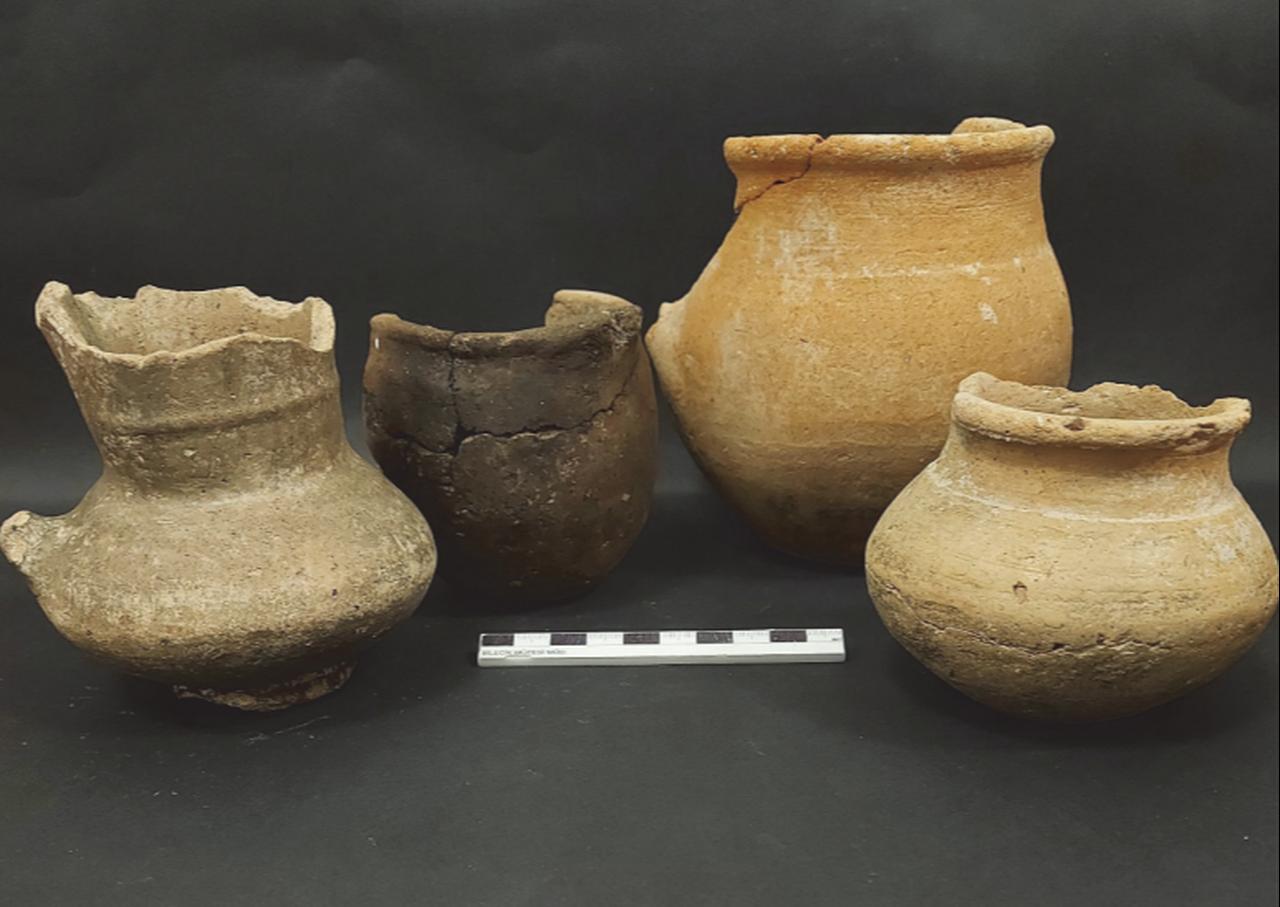
Because such fibulae are strongly tied to female dress customs in the Aegean of the Geometric and Archaic periods, the authors propose that this brooch may have belonged to a woman who came to the inland community through intermarriage and was buried with it.
They stress that the context—burnt soil, vessels in situ, and the enclosing wall—supports a mortuary setting, and they view the brooch as both a garment fastener and a symbolic item with identity value.